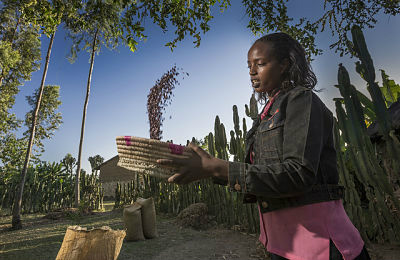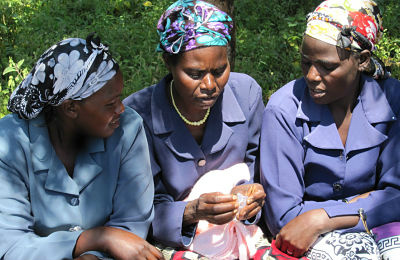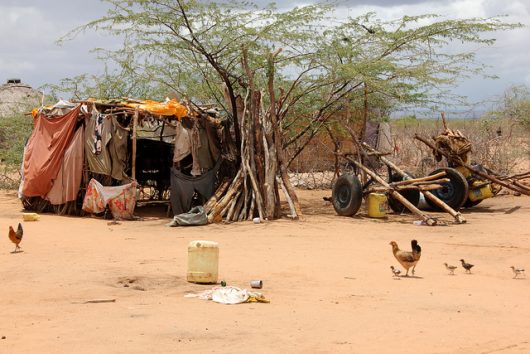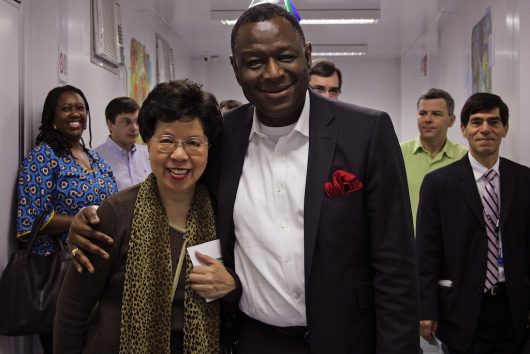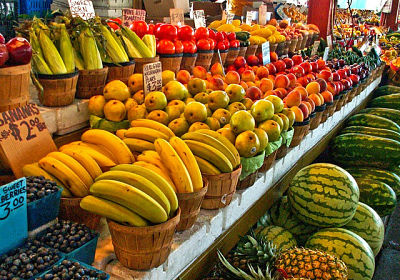
One of the U.N.’s sustainable development goals for ending poverty by 2030 is to end hunger, achieve food security, improved nutrition, and promote sustainable agriculture. The question raised from this information is how to help the hungry? The answer is to support global works that engage in local communities and advocate for hunger-related issues.
Below are six ways to participate in the reduction of global hunger.
- Reduce food waste.
Being more conscious of eating habits and not overbuying can ensure food does not go to waste. Buying produce at a local farmer’s market that may be thrown out because of their size, shape, or color can also prevent food from going to waste. One can also volunteer with a local gleaning group to pick up fruit and vegetables thrown away. - Shop local.
Shopping at local farmer’s markets can also improve an individual’s local economy. Many people earn their income by running local businesses, and by supporting them, one can help keep people employed and assist them in making a living. - Support food banks.
Since most food banks serve ready-to-eat foods, one can host a food drive in their local community. After the drive is over, the donated food such as canned or shelf-stable foods then has the potential to feed the hungry. One can also give money to food banks and other nonprofits that fight hunger on top as being a volunteer. - Elect officials who support alleviating starvation and contact Congress in support of bills that help the hungry.
By electing officials who support ending hunger and contacting Congress, one can increase their country’s involvement in efforts fighting global hunger. Phone calls, sending emails, and letters to ones elected officials can also influence the national agenda. Once elected representatives begin to understand constituents care about ending global hunger, accomplishing this change is possible. - Organize a meal packaging event with groups that one is involved with or join groups that support sustainable agriculture projects, clean water initiatives, or provide food aid. Engaging in community-based efforts and advocacy has a substantial effect at fighting global hunger.
- Be an advocate.
One can help the hungry by supporting hunger-related issues in their community and finding out how they can help. Through advocacy, one can create an informed public who will join the fight to end hunger.
According to the U.N., “A profound change of the global food and agriculture system is needed if we are to nourish today’s 795 million hungry and the additional 2 billion people expected by 2050.”
– Sarah Dunlap
Photo: Flickr
